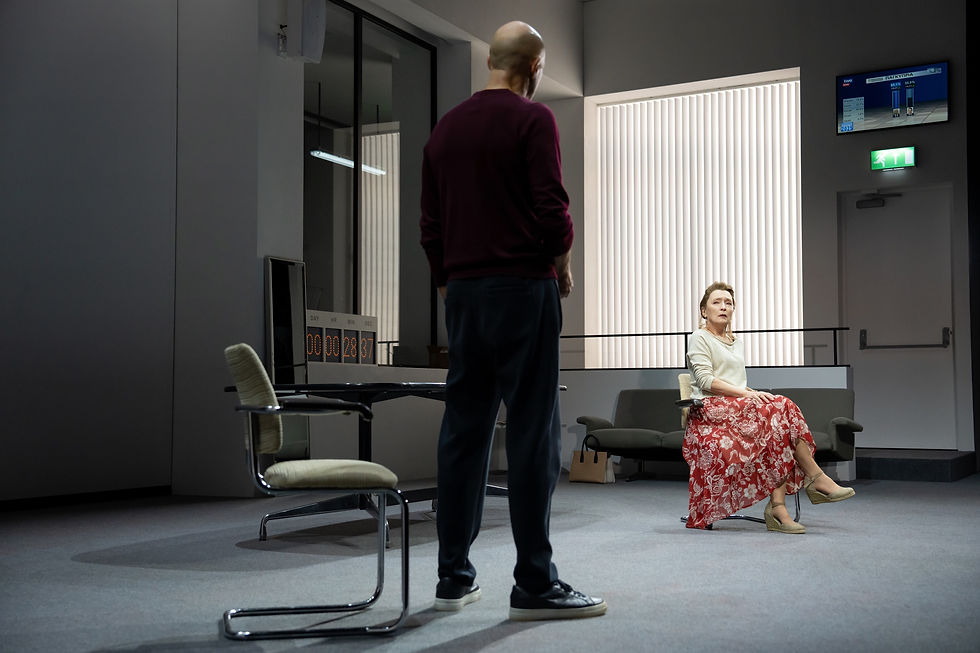The Wolves
- Jonathan Kalb
- Nov 23, 2016
- 2 min read
Updated: May 16, 2020

Although the PR images of leaping, lunging and levitating female soccer players seem to promise some badass athletic exertion, Sarah DeLappe’s The Wolves doesn’t actually traffic in feats of prowess, or even the time-honored theatrical allure of toned and straining bodies. Over its long history theater has accommodated itself to real sports action on occasion. Among many others, I recall a play called Joe Fearless (A Fan Dance) in New York some years back that took place on a basketball court and had a heart-stopping jump-shot at its climax. Another, older play by Booker-Prize-winner David Storey is no doubt more relevant—The Changing Room (1971), whose action spanned an entire rugby match but showed none of the game. Only its physical and psychological effects on the players before, during and afterward were dealt with.
The Wolves is written very much in Storey’s spirit. It covers more than one soccer game but like Storey it uses its sport—the elaborate preparations for it, its mental and physical costs—as a sort of dramatic alibi, an excuse to focus on character issues that only a team activity can properly frame because they’re so complicated and multi-sided. DeLappe’s action also zeroes in on tensions inherent in uniquely female social dynamics: questions of affinity and trust, for instance, and (even amid the licensed aggression of physical competition) pressures to be affable and ingratiating off the field.
The cast is quite a large group: nine high-school-age girls, mostly in uniform, pass the ball gently on a section of bright-green pitch, but otherwise mostly confine their physical exertions to stretches and warmups. The stage is too small (at The Duke on 42nd St.) for anything more ambitious, and anyway the point is that the real action isn’t about physicality but rather certain interior experiences associated with it. The drama takes place in their chatting, squabbling, gossiping, backstabbing and jockeying for authority and advantage, all of which flow as smoothly and naturally as close-order drills.
It all adds up to an awesome picture of the adolescent pain any girl might feel as she moves to adulthood, with only very scattered and imperfect guides and roadsigns to show her the way. De Lappe depicts the categorical support of the girls for each other as just another of those things they ultimately realize they can’t fully rely on. DeLappe and director Lila Neugebauer’s perceptiveness about these teenage group dynamics is exceptional. Pay attention and you’ll likely leave the play feeling as bruised, unsettled, and inexplicably lonely as the girls themselves.

Photo: Daniel Vasquez




Comments